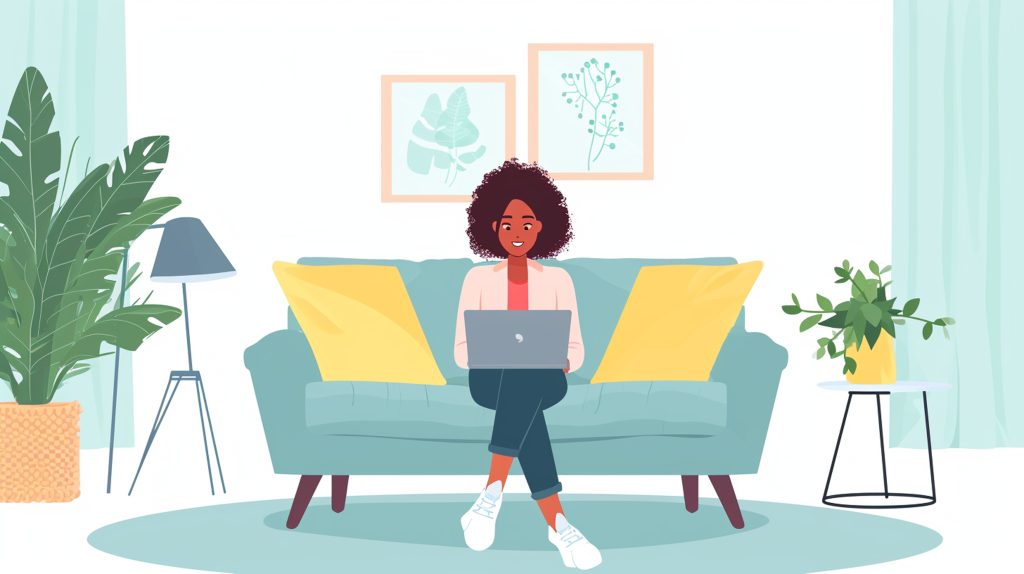Mental Health Awareness Month is in full swing and with it, a reminder of the importance of maintaining mental wellness.
Across the country mental health conditions are a persistent challenge with more than 20% of adults (approximately 50 million) experiencing a mental illness every year, according to the National Alliance on Mental Illness (NAMI). Factors like social isolation, economic insecurity, trauma, and systemic inequalities contribute to the severity of the mental health crisis.
Telehealth has played a crucial role in bridging the gap care for people who may have not been able to access mental health services before, with telehealth sessions accounting for 37% of mental health visits, according to mHealth Intelligence.
Increasing Accessibility to Mental Health Services
Whether it’s barriers like location, cost, or stigma, telehealth has been breaking down walls and providing a lifeline to those in need. Across the Commonwealth, patients of all different backgrounds and conditions are finding easier access to virtual care.
In central Virginia, CrossOver Healthcare is supporting patients with limited English proficiency by ensuring a diverse and multilingual staff. Cultural humility also is a top value for its practice.
Marginalized communities like the justice-involved population are finding increased access to support for behavioral challenges like substance use disorder via virtual services through a program established by Bay Rivers Telehealth Alliance. These efforts provide counseling, medication-assisted treatment, and access to peer recovery specialists, for individuals during incarceration and after their release.
Breaking the Stigma
According to Mental Health America, over half (54.7%) of adults with mental illness did not receive treatment this past year. While many factors contribute to this, one of the most common reasons is the stigma, prejudice, and discrimination that many with mental illnesses face from their peers. This stigma can be a powerful deterrent, preventing people from speaking openly about their struggles and seeking the support they need.
As conversations about stigma continue to evolve, telehealth is helping break down this barrier by providing individuals with a safe, private, and readily accessible space for individuals to access mental health services. Innovative programs like the Virginia Telemental Health Initiative (VTMHI) are leading the way, offering free teletherapy to eligible patients through participating free and charitable clinics like Bernard Healthcare Center, During a recent conversation, Bernard’s staff shared common misperceptions of therapy from its patients along with best practices for debunking therapy stigmas. Their work has been pivotal in addressing the concerns of patients who find it hard to open up and is helping promote a culture of understanding and support.
Resources for Mental Health Awareness Month
As mental health and well-being continues to be a priority this month and beyond, it’s important to know where to turn for support and what resources are available. These organizations offer a range of resources including crisis hotlines and online support groups, mental health screenings, and resources for finding treatment both mental and behavioral, education and advocacy opportunities, and access to telehealth services and therapy:
Mental Health America has also released an outreach toolkit to empower individuals and organizations alike to promote awareness and advocacy for mental health and well-being. You can download the toolkit here.
By raising awareness about mental health disorders and advocating for policies and programs that support mental health, we can work towards a future where everyone has the support they need to thrive. This includes increasing access to mental health care, reducing stigma around mental illness, and promoting well-being through policies and programs that support healthy communities.

